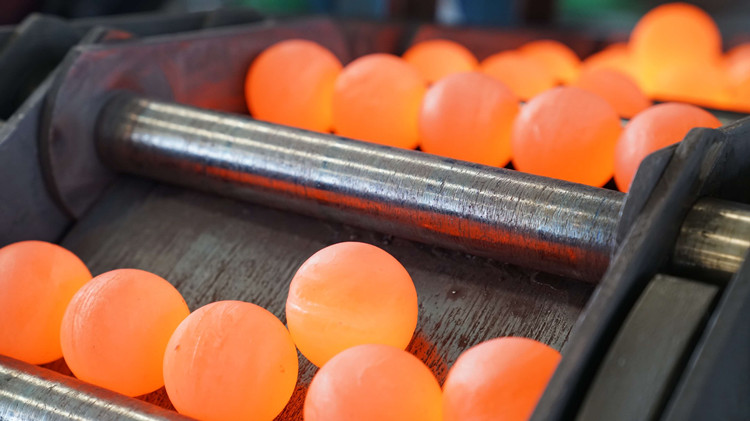- tyler@kirail.com
- +86 15603721115
Heat treatment is one of the indispensable and important processes in the manufacturing process of forging dies, and plays a decisive role in the life of dies. According to the specific requirements of forging technology, the heat treatment process design makes the strength (hardness) and toughness of the die reasonably matched, the surface hardness of the die body and die hole is reasonably uniform, the grains are fine and uniform, there is no oxidation and decarburization, and the residual stress and deformation are reduced, thereby improving the life and stability of the die.

The application of new heat treatment technology can tap the potential of materials and greatly improve the life of dies at a relatively low cost. For example, for high carbon steel, cold forging dies use low temperature quenching to obtain more martensitic structures, which can improve toughness, reduce die deformation and quenching cracks, and thus improve the life of dies. Vacuum heat treatment has the advantages of no oxidation, decarburization, degassing, uniform heating, and small deformation, which is also conducive to improving the life of the die.
Surface treatment is not only effective in strengthening the surface of the inner hole of the die and improving the life of the die, but also low in cost. The surface treatment methods for strengthening the inner hole surface of molds that have been applied and have potential application prospects include deformation (shot peening, extrusion and rolling, etc.) strengthening, surface phase change strengthening, surface expansion strengthening, ion implantation strengthening, physical vapor deposition (PVD) and other surface modification technologies, chemical vapor deposition (CVD) and other membrane technologies, electrochemical deposition (electroplating) technology and thermal spray coatings.